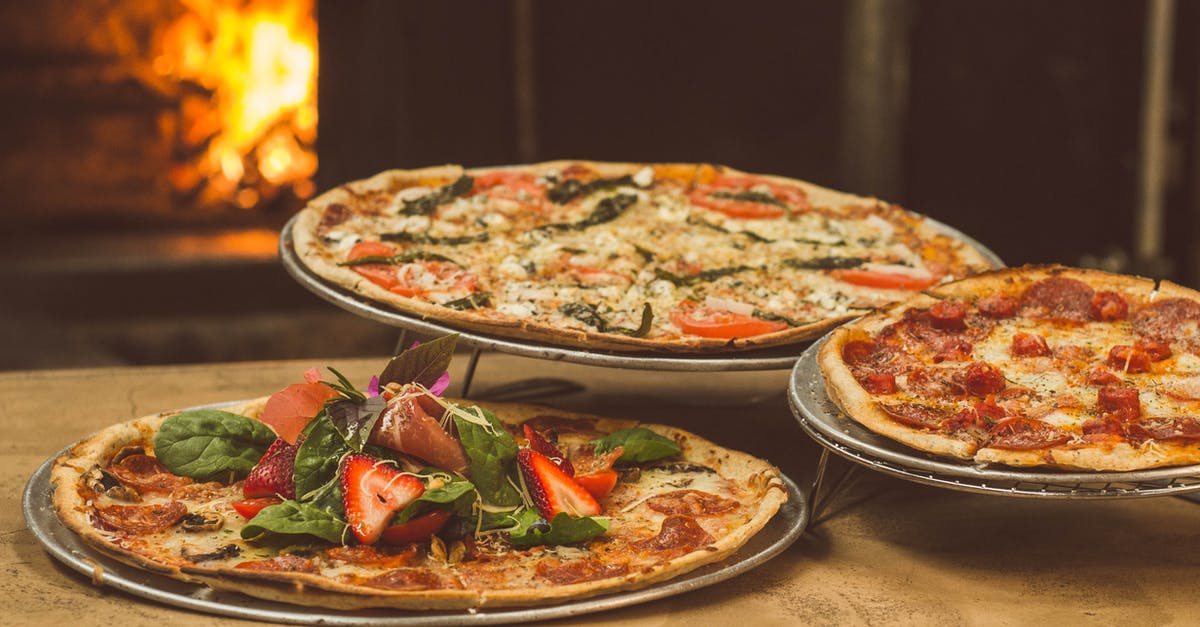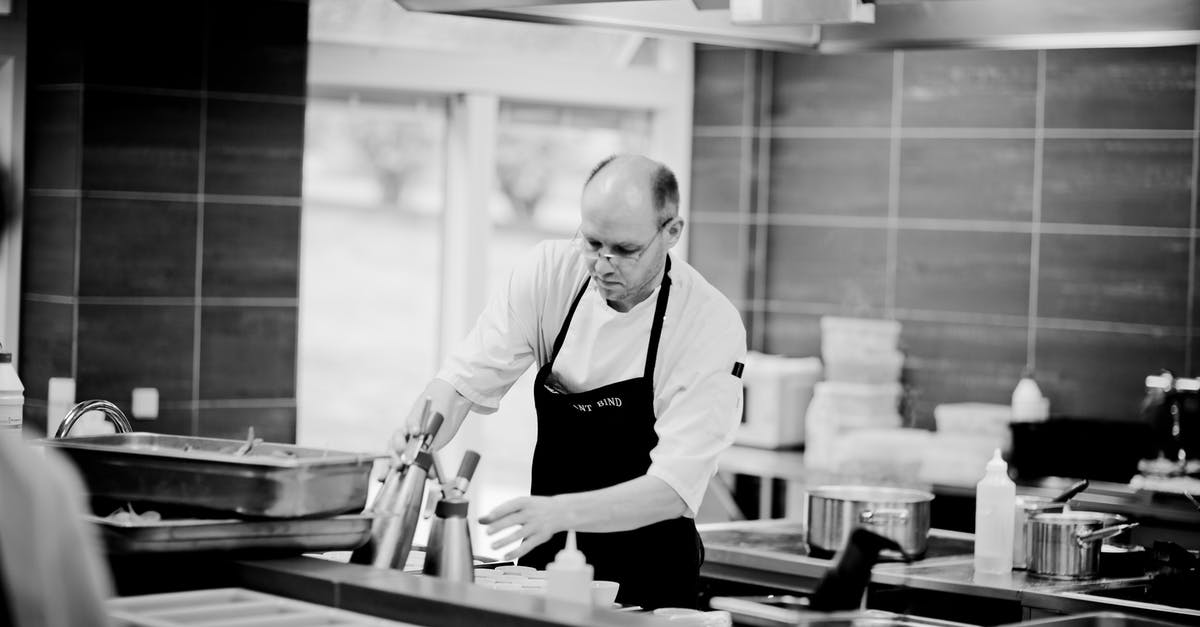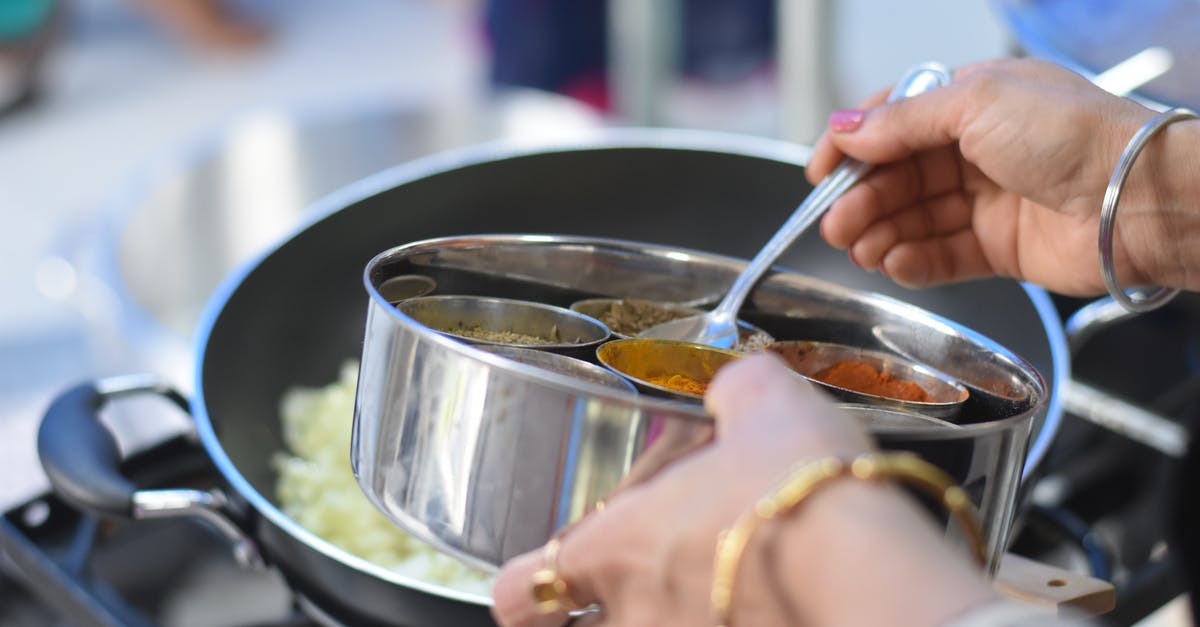Oven management in restaurants

Background: I'm an ERP consultant and one of my customers is a metal works factory in which they have an oven. This is an expensive piece of hardware so they have only one oven. It is important to schedule the jobs that use the oven in order to use it as efficiently as possible.
And now to the question: after cooking my lunch of baked fish, I wonder how restaurants manage their oven/s. Do they have only one oven, using it for all dishes, and filling and emptying at 15 minute intervals (or similar)? Do they have several ovens and somehow manage which dishes (for which diners) are in which ovens, and at what time the dishes entered the oven?
A curious mind wonders.
Best Answer
tl;dr - they never turn off.
I've never worked in a kitchen with only one oven. I'm sure they exist, but I've never been in one. That said, contrary to moscafj's answer, I've certainly used ovens heavily during service.
These examples come from a kitchen that had two combi Rational ovens (i.e., an oven and steamer in one). Typically one was kept on steam, switching as needed, and the other on roast (for service). To give you a rough idea of what a daily rotation of oven usage was like:
Breakfast (starting at 5:00 AM): one on steam, one held at 350 F. The roaster is primarily used to cook sheet pans of bacon/sausage/home fries which are then transferred to hot holding, either on the line or in a hotbox for the buffet (the steam is used for hot-holding for the line/buffet backup). During this time, other miscellaneous prep could also be cooked in the same oven (assuming 350 F is an appropriate temperature). Par-grilled chicken breast would frequently be roasted off and cooled during this time (either to be re-heated later, or further processed into chicken salad or the like).
Lunch (starting at 11:00 AM): turned up to 450 F and held. Lunch service was typically too hectic to get any sort of significant prep done, so it would be used primarily for service (personal pizzas, heating crab cakes, the odd person ordering a steak or roast chicken off the dinner menu, parbaked rolls for the table, etc). The cold line might be able to sneak a tray or two of croutons in the oven at this time, but it wouldn't be a sure thing. The "spare" oven/steamer might be switched over to a slow-roasted prep item - say, roasted garlic or braised meat - depending on prep/service needs.
Mid afternoon/bar service: (2:30 PM - 5:00 PM): still held at 450 F, although with the lull in orders, you could switch one up if you really needed to (most dinner items would be prepped at 450 anyway). This time was largely used as a mad dash for the dinner crew to set up and get as much prep done as possible. Usage at this time is highly dependent on hot line prep/service needs.
Dinner (5:00 PM - 11:00 PM): held at 500 F and kept there. God help you if you changed an oven without explicit permission from the line. Primary usage is for service - pan roasted fish/chicken, heating/reheating various apps, finishing grilled steaks, etc. The oven is constantly being opened and closed as orders come in and out, but never cooled.
Overnight (11:00 PM - 2:30 AM): a deep self-cleaning cycle is run on the service oven. The "spare"/steamer is switched over to roast for service orders and miscellaneous prep.
Late night (2:30 AM - 5:00 AM) - hot food isn't served. A "quick" clean cycle is run on the steamer/overnight oven, and the main service oven is set up for breakfast.
From the comments:
How do the staff know which item in the oven belongs to which order?
The answer is a combination of "just remember", "it doesn't matter", and whatever personal system the cook has to keep track of things. To explain: the system I used was essentially "ascending temperatures". I would use this system for the oven, the grill/range, and resting tray: from left to right/bottom to top, rare -> well done. As a random example: an order comes in for a mid-rare tenderloin and medium well sirloin, followed by a second order for a mid-well tenderloin and medium seared salmon. I'd put a tenderloin on the center left section of the grill (mid rare), a tenderloin and a sirloin on the center right (both mid well), and start heating a sizzle platter in the center burner of the range.
At this point I can effectively forget about the ticket for the time being - all of the order information that I need to know at moment is embedded in the location of the food.
Once the steaks were sufficiently marked to count as "grilled", I'd move the center-left tenderloin to the bottom rack in the oven (rares wouldn't make it into the oven, so the racks went mid-rare / medium / mid-well / well done), the two center right steaks to the second from the top rack. Ditto the salmon, once the sizzle platter was hot, I'd add the fish and move it to the second rack.
Now it's a question of monitoring what's in the oven/waiting for my internal timer to go off. Once the [item] in the oven reaches the temperature the it's position tells me it should be, I move it to the resting tray (which is just a sheet pan with a rack on it), again in the appropriate [rare | mr | med | mw | well] position. At this point I can check the tickets to see if anything's ready to sell from my station, if so, I call to the expediter "ready to sell [table number]". The expediter will either tell me to hold off (either the table's not ready or the server isn't ready or we're still waiting on food from other stations) or sell it.
If we're holding, I forget about it and move on. If a solo MR tenderloin walks in, I can immediately sell the one I have on the resting tray to clear that order and start working a new one for the holding table. If we're selling, I move the relevant proteins from the resting tray to the salamander (still following the left->right placement rule) to bring them back up to an appropriate plating temp and start laying out plates (any guesses as to how I'm going to arrange the plates?)
The "just remember" part comes into play with special orders or just juggling random ticket information in my head so I don't have to go back and refer to the hanging ticket - but 95% of the information I need at give time is in front of my face and it usually doesn't matter which table this particular item is going to - a medium steak is a medium steak is a medium steak, all I need to know if how many I have working, how long they have left, and what's ready to sell.
Pictures about "Oven management in restaurants"



How To Calculate Food Cost Percentage (\u0026 SAVE $$) | Cafe Restaurant Management Tips 2022
More answers regarding oven management in restaurants
Answer 2
In restaurant kitchens, during service, ovens are mainly used for finishing, so food only spends a little time there (if at all). Often, a salamander is used to quickly broil. So, the oven, as you understand it, is more often a prep. tool, used when there is more time to stagger prep. or allow for more lengthy preparations. For something like baked fish (which doesn't take all that long), cooks just share the space among orders. As @Chris H suggests, the oven (and frequently a convection or combi-oven) remains hot through service. Precise temperature control is really not an issue. It is more about timing and workflow.
Sources: Stack Exchange - This article follows the attribution requirements of Stack Exchange and is licensed under CC BY-SA 3.0.
Images: Narda Yescas, Maria Orlova, Rene Asmussen, Gagan Cambow
